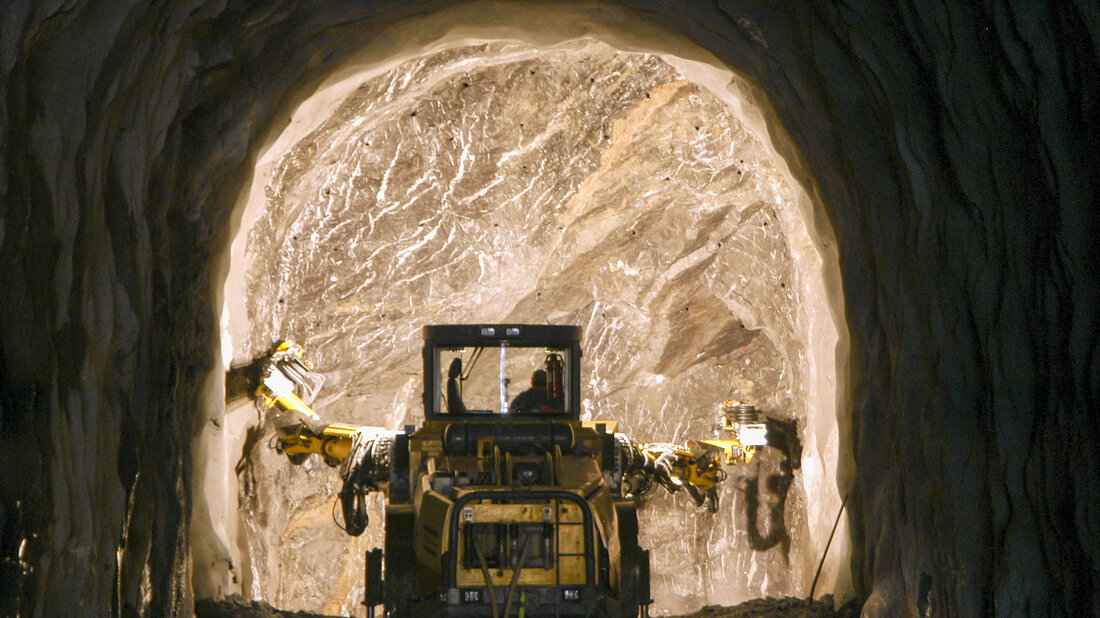The fire devil is in the detail
How fast does the fire service have to be on scene in the event of a tunnel fire? After 5, 10 or 15 minutes? What does “on-scene" mean? At the portal or in the middle of the tunnel? How many emergency personnel are needed, how many maximum? Can neighboring fire services support? How can the resulting exposing of entire districts be compensated? Who is in charge of cross-border tunnels? Do all emergency personnel really have to carry SCBA? Can the fire service also move in the opposite direction of traffic flow? Should/must/may the fire service be able to control the ventilation itself? With every deployment planning for a (new) UTS, countless such questions arise, which cannot be answered in a general way. Despite all the laws and regulations, facility-specific answers are usually required, which have to be discussed and decided between fire service, carriers and supervisory authorities and sometimes even with the involvement of the public.
From the objective to the concrete requirements
Intervention concepts first define protection and performance goals, the facility-specific tactical approach and the distribution of tasks between the fire service, the carrier and other emergency services. The question of the overall incident command can usually be clarified already at this conceptual level. This structure is used to estimate which resources and how many emergency personnel are needed with which qualifications. This shows whether the needs can be met by the existing fire service or whether additional units and locations are required.
Intervention concepts as a basis
The joint intervention concepts developed and documented by the International Fire Academy provide a solid basis for the concrete demand and deployment planning of the fire services involved. They can also be used in building permit procedures as proof that sufficient fire protection can be provided for the respective UTS. For later detailed planning, our tactical workshops offer the opportunity to optimize the operational planning and at the same time to train the officers of the fire service.




